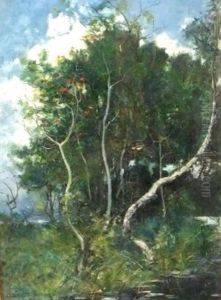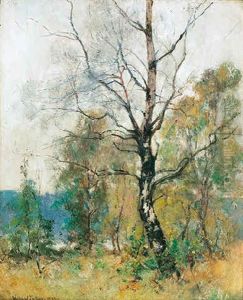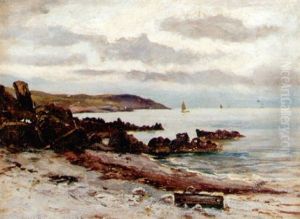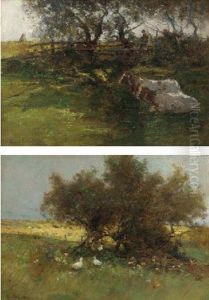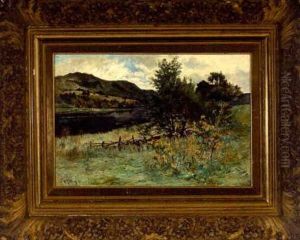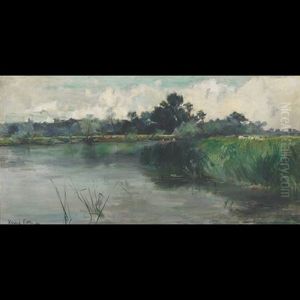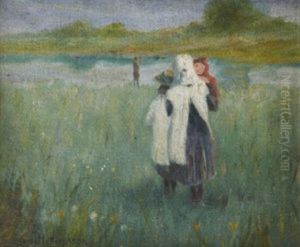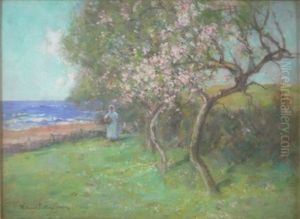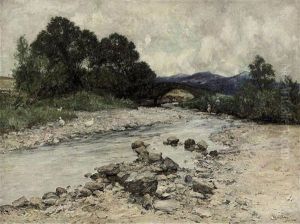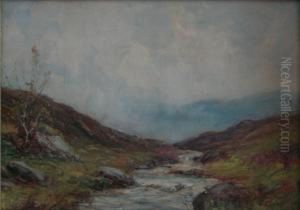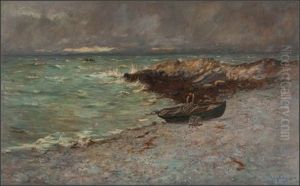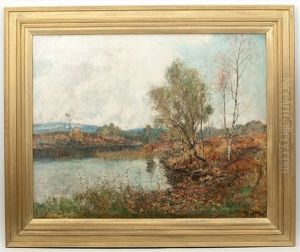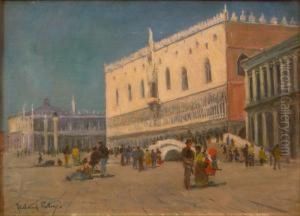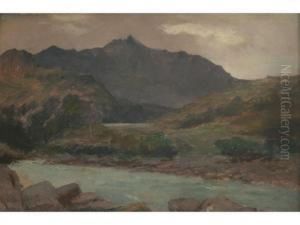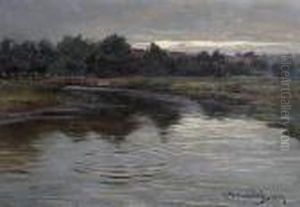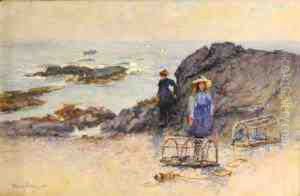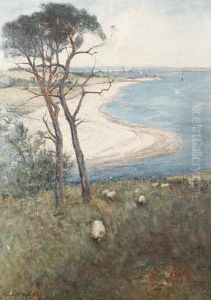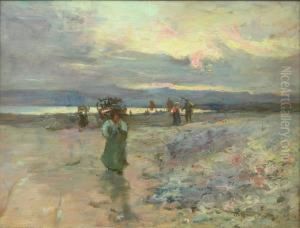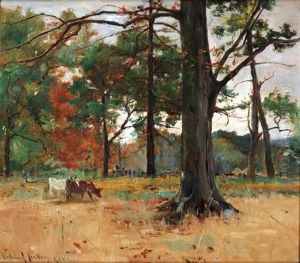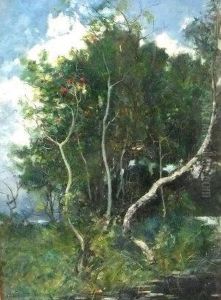Alexander Wellwood Rattray Paintings
Alexander Wellwood Rattray, born in 1856, was a notable figure in the realm of British colonial administration and is less widely recognized for his contributions to art and culture. His work primarily encompassed his role as a British colonial officer rather than a traditional artist, which might explain the limited recognition in the art historical canon. Rattray's significance in history largely stems from his administrative roles in British India, where he contributed to the colonial governance structure.
Despite the focus on his administrative career, Rattray exhibited a profound interest in the cultures and traditions of the regions he administered. This interest often manifested in his collection of local artworks and artifacts, as well as his involvement in documenting and preserving the cultural heritage of these areas. While not an artist in the conventional sense, his efforts in cultural preservation and his appreciation for local art forms contributed to a broader understanding and appreciation of indigenous art and practices.
Rattray's legacy in art history, therefore, lies not in personal artistic production but in his role as a collector and preserver of cultural artifacts. His work helped bridge cultural gaps and foster a greater appreciation among Western audiences for non-Western art forms. He passed away in 1921, leaving behind a legacy that, although primarily administrative, had a lasting impact on the appreciation and preservation of cultural heritage in the regions he served. His contributions underscore the importance of cultural sensitivity and preservation within the context of colonial administration.
